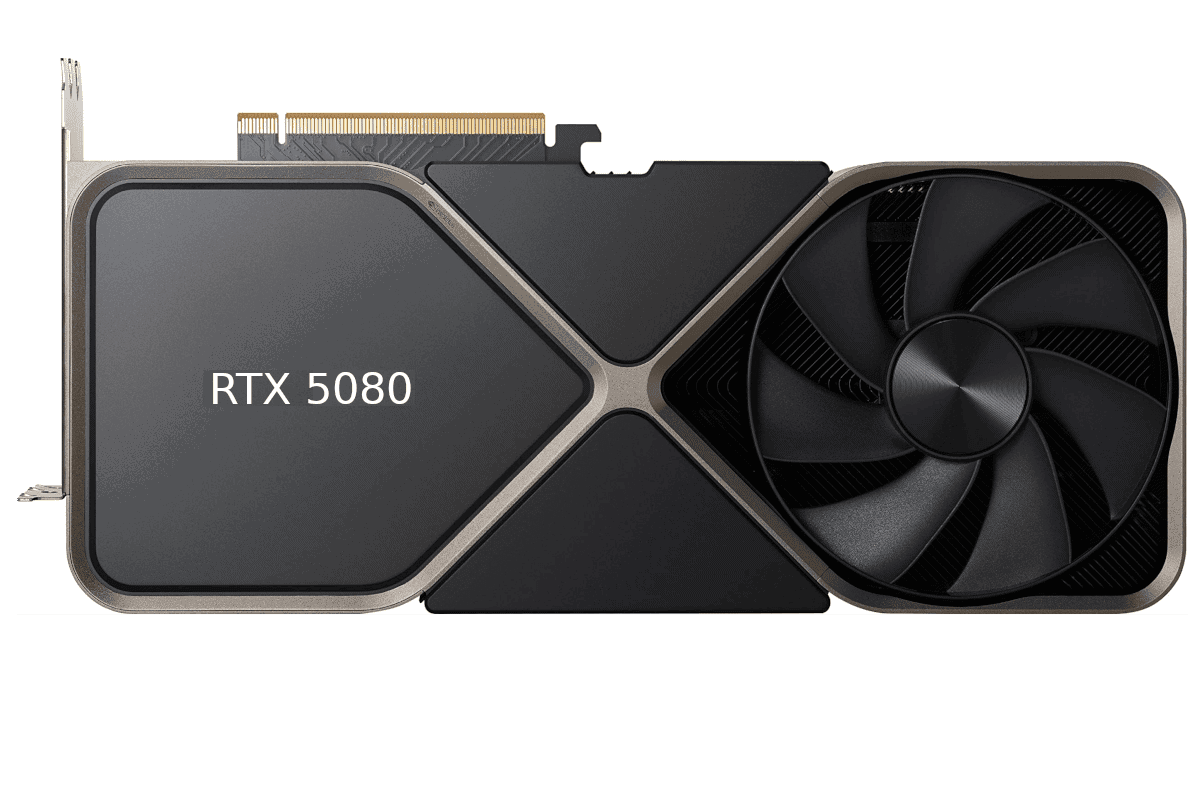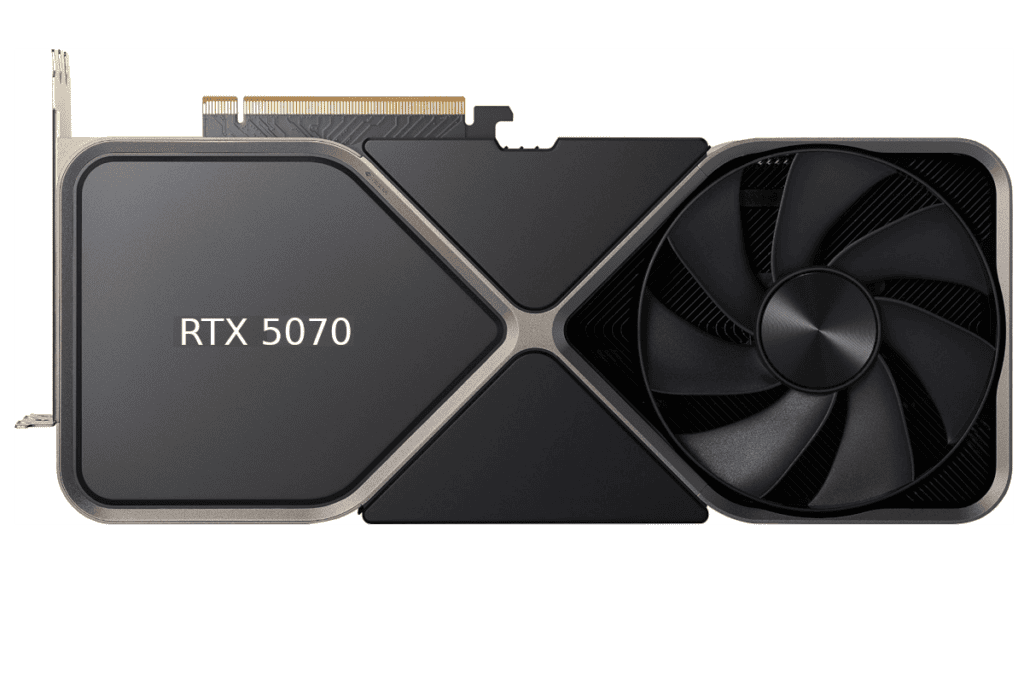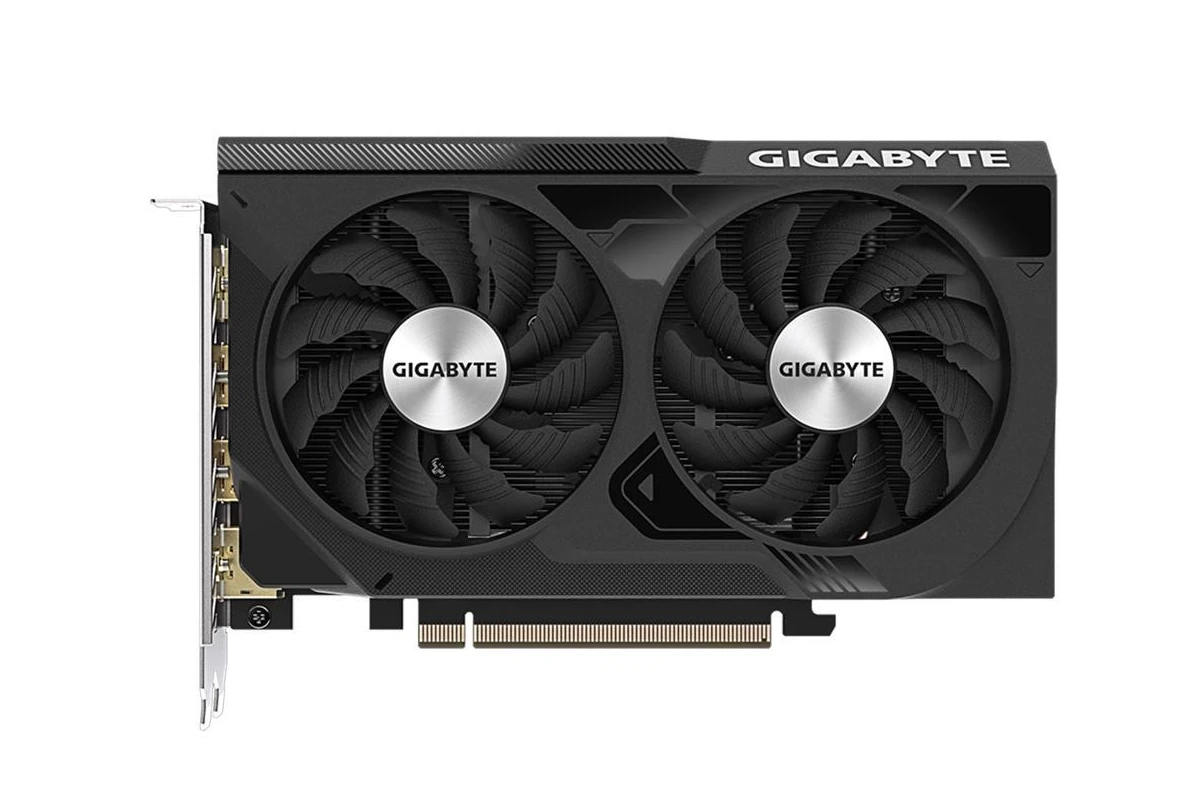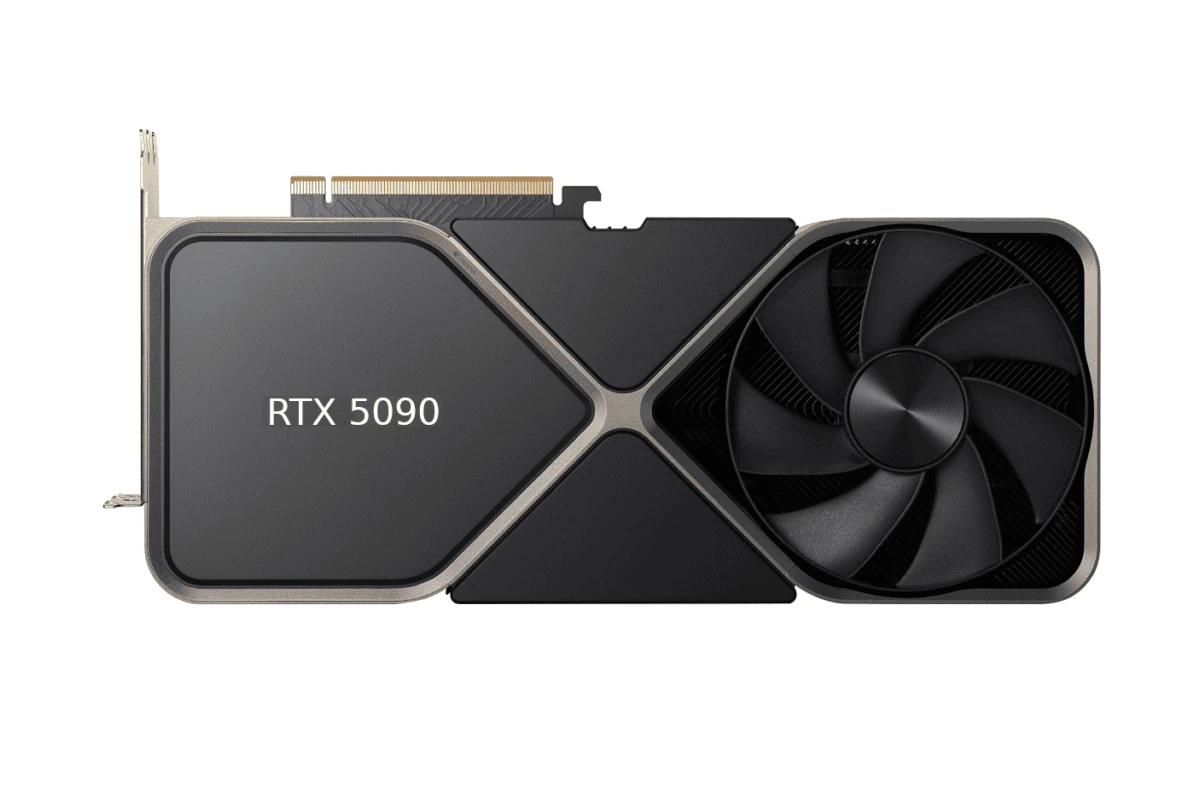Nvidia’s upcoming RTX 50 Series graphics cards are set to shake up the gaming world. These new GPUs, built on the Blackwell architecture, promise big gains in speed and features. Leaks suggest the RTX 5090 and 5080 will offer big jumps in power over current models and the lineup could redefine the high-end gaming landscape. Some estimates are saying the performance of the 5090 series will surpass the RTX 4090 by up to 2.5 times, alongside advancements in ray tracing and AI-powered features.
The line will be built on a new architecture (TSMC’s 3nm process) paving the way for a significant leap in power efficiency and raw graphical horsepower. But this potential comes at a cost, with rumors of increased power consumption for the top-tier models. If you’re eager to experience the future of PC gaming, it’s time to start paying attention to Blackwell.
Gamers and tech fans are eager to see what Nvidia has in store. The RTX 50 Series is expected to bring faster frame rates and better ray tracing. New tech like PCIe 5.0 and DisplayPort 2.1 may also be part of the package.
While official details are still under wraps, rumors point to late 2024 or early 2025 for the launch. Nvidia’s track record of pushing boundaries has many excited for what’s next in high-end graphics.

Blackwell: NVIDIA’s Next-Gen GPUs
Performance Expectations
Get ready for a major leap in graphics power! The NVIDIA RTX 50 series, codenamed Blackwell, is rumored to offer a huge performance boost over the current RTX 40 series. We’re talking about possibly 2.5 times the performance of the RTX 4090. That’s a massive upgrade! Ray tracing, which makes lighting in games look more realistic, is also expected to get a big improvement. And with AI becoming more important in graphics, we might see new AI-powered features for gaming and other tasks.
Specs and Features
Blackwell is likely to use a brand-new architecture, probably built with TSMC’s advanced 3nm process. This means more power and better energy efficiency. But that power comes at a cost. The top-end cards, like the RTX 5090, might need a lot of power—perhaps as much as 600 watts. That’s something to consider for your PC’s power supply. To handle all that power and the demands of future games, the RTX 5090 might come with a massive 48GB of GDDR7 memory. That’s double the memory of the current top card!
Release Date and Pricing
Early rumors pointed to a 2025 release, but now it seems like NVIDIA might launch the RTX 50 series in late 2024. This could be around October or November, just in time for the holiday season. But be prepared to spend a lot. These cards are likely to be expensive, especially the high-end models. With all the new tech and performance gains, they’re going to be premium products.

50 SEries Details
| Feature | Details |
|---|---|
| Performance | Up to 2.5x faster than RTX 4090 |
| Ray Tracing | Significant improvements expected |
| AI Capabilities | New AI-powered features likely |
| Architecture | New Blackwell architecture, possibly on TSMC 3nm process |
| Power Consumption | High-end models could have 400W-600W TGP |
| VRAM | RTX 5090 rumored to have 48GB GDDR7 |
| Release Date | Potentially late 2024 |
| Pricing | Expected to be high, especially for top-tier cards |
Decoding the Blackwell Rumors
Blackwell Codenames and Potential Specs
While NVIDIA keeps things tightly under wraps, rumors suggest that the RTX 50 series GPUs will have codenames like GB202, GB203, and so on. These codenames likely refer to different versions of the Blackwell GPU, with GB202 possibly being the flagship chip for the RTX 5090. Some leaks even provide detailed guesses about the specs of each chip. For example, the GB202 is rumored to have a massive number of CUDA cores, perhaps over 24,000! It might also have a 512-bit memory interface and a huge L2 cache. But remember, these are just educated guesses for now. We’ll have to wait for NVIDIA’s official announcement to know for sure.
The 16-Pin Power Puzzle
The RTX 50 series might stick with the 16-pin power connector. This connector can deliver more power to the card, but it also caused some trouble with the RTX 4090. Some early cards had melting connectors! NVIDIA has since made changes to improve the connector, so hopefully, those issues are in the past. Still, it’s something to keep in mind, especially with the higher power demands of the RTX 50 series. The top cards might even need two 16-pin connectors to handle their power needs.

NVIDIA, AMD, and Intel: The GPU Battleground
NVIDIA is the leader in the GPU world right now, but they have competition. AMD and Intel are also working on new graphics cards. Intel’s next-gen GPUs are codenamed Battlemage, and AMD’s are called RDNA 4. These new cards could shake things up, especially if they offer good performance at lower prices. But NVIDIA has a strong hold on the market, and they’re not likely to give up their crown easily. It will be interesting to see how this competition plays out in the coming months and years.
Blackwell for Professionals
Blackwell isn’t just for gamers. NVIDIA is also developing Blackwell GPUs for professional uses like AI and data centers. These professional cards usually have more memory and higher prices than the gaming versions. The Blackwell B200, for example, is a powerful data center GPU with two interconnected chips. Some of this technology might trickle down to the consumer cards, but we’ll have to wait and see.
Speculative Blackwell GPU Specifications
| Graphics Card | Architecture | CUDA Cores | VRAM (GB) | Launch Date |
|---|---|---|---|---|
| RTX 5090 | GB202 (possibly dual-chip) | 24576 | 32 | Oct 2024 |
| RTX 5080 | GB203 | 10752 | 16 | Oct 2024 |
| RTX 5070 | GB205 | 6400 | 18 | Jan-Mar 2025 |
| RTX 5060 | GB206 | 4608 | 12 | Oct 2025 |
| RTX 5050 | GB207 | 2560 | 8 | Late 2025 |
RTX 50 Series Speculations: A Closer Look
It’s important to remember that the following specifications are based on rumors and leaks. NVIDIA hasn’t officially confirmed anything yet, so these details could change.
| Graphics Card | RTX 5090 x2 | RTX 5090 | RTX 5080 | RTX 5070 | RTX 5060 | RTX 5050 |
|---|---|---|---|---|---|---|
| Architecture | GB203 (Dual Chip) | GB202 | GB203 | GB205 | GB206 | GB207 |
| Process Technology | TSMC 4NP | TSMC 4NP | TSMC 4NP | TSMC 4NP | TSMC 4NP | TSMC 4NP |
| CUDA Cores | 24576 | 20480 | 10752 | 6400 | 4608 | 2560 |
| Boost Clock (MHz) | 2500 | 2500 | 2500 | 2500 | 2500 | 2500 |
| VRAM (GB) | 32 | 24 | 16 | 18 | 12 | 8 |
| VRAM Type | GDDR7 | GDDR7 | GDDR7 | GDDR7 | GDDR7 | GDDR6 |
| VRAM Speed (Gbps) | 36 | 36 | 36 | 36 | 36 | 20 |
| Memory Bus Width | 512 | 384 | 256 | 192 | 128 | 128 |
| L2 Cache (MB) | 128 | 128 | 64 | 48 | 32 | 24 |
| TDP (watts) | 450 | 450 | 320 | 225 | 175 | 125 |
| Launch Date | Oct 2024 | Oct 2024 | Oct 2024 | Jan-Mar 2025 | Oct 2025 | Late 2025 |
| Launch Price | $1,999+ | $1,599 | $999~$1,199 | $599~$799 | $449~$549 | $299~$399 |

Remember, these specs are based on rumors and leaks, so take them with a grain of salt! The final specs could be different.
Key Takeaways
- New Blackwell GPUs promise big performance gains
- RTX 50 Series may include PCIe 5.0 and DisplayPort 2.1
- Launch expected in late 2024 or early 2025
Architecture and Technology
Nvidia’s RTX 50 series GPUs, based on the Blackwell architecture, bring major upgrades in design and performance. These new chips aim to push graphics and AI capabilities further than ever before.
Technical Specifications and Performance
The flagship RTX 5090 is expected to use the GB202 GPU. It may have 21,760 CUDA cores, a big jump from the RTX 4090. The chip could draw up to 600 watts of power. This suggests a large boost in raw performance.
The RTX 5080 might use 400 watts, also hinting at improved capabilities. Nvidia is likely to use TSMC’s 4N process for these chips. This should help with power efficiency and allow for more transistors.
Ray tracing and AI features will likely see big upgrades. Nvidia may increase the number of RT and Tensor cores. Cache sizes could grow too, helping speed up games and tasks.
Innovation in Memory Technology
A key change in the RTX 50 series is the move to GDDR7 memory. This new type of graphics memory could offer speeds up to 32 Gbps. That’s much faster than the GDDR6X used in current top-end cards.
The RTX 5090 might come with 32GB of GDDR7 on a 512-bit bus. This setup could provide massive memory bandwidth. It would help with 4K and 8K gaming, as well as large AI models.
Lower-tier cards in the lineup may stick with GDDR6 or GDDR6X. But they should still see memory speed bumps. The whole range is set to offer big leaps in memory performance over the RTX 40 series.







